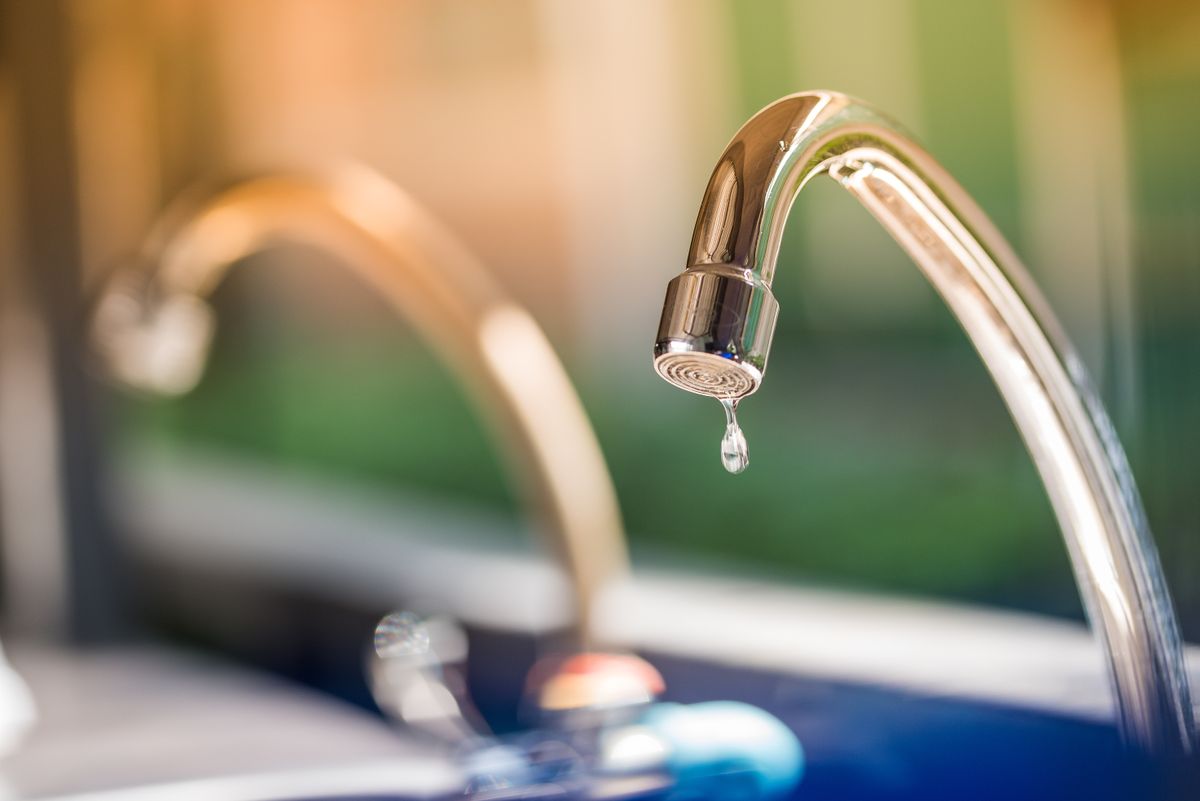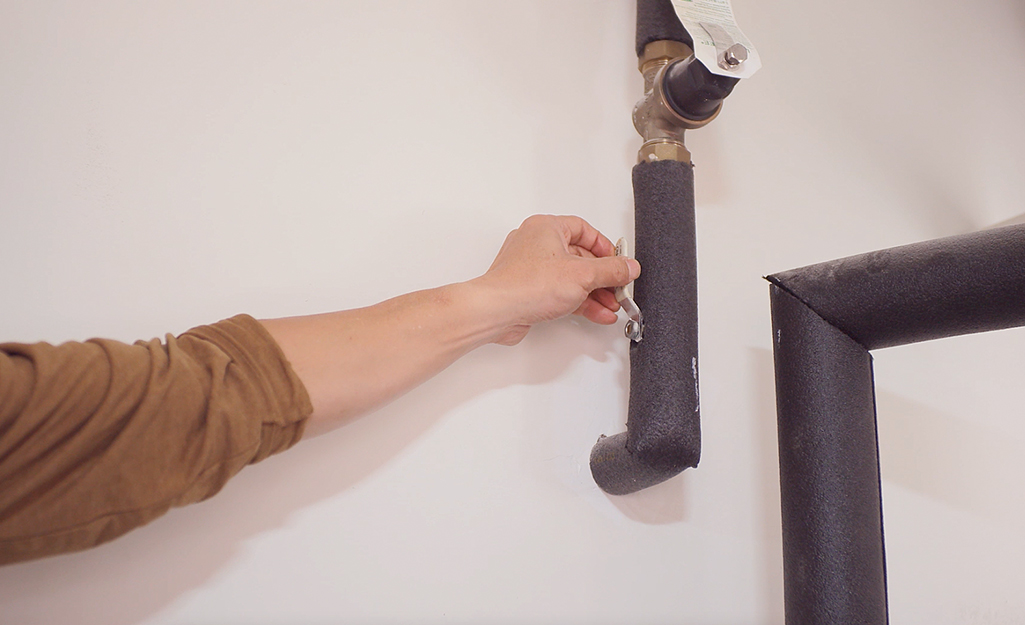What It's Essential to Resolve a Faulty Faucet
What It's Essential to Resolve a Faulty Faucet
Blog Article
Any individual has got their own unique piece of advice about Leaky Faucets: Why They Happen & What to Do About Them.

Trickling faucets might seem like a small trouble, however their effect goes beyond simply the aggravation of the noise. From wasting water to sustaining unneeded financial expenses and health threats, neglecting a dripping tap can result in numerous repercussions. In this article, we'll look into why it's important to resolve this common house issue promptly and successfully.
Wastage of Water
Environmental Effect
Trickling faucets contribute dramatically to water waste. According to the Epa (EPA), a solitary tap trickling at one drip per second can throw away greater than 3,000 gallons of water each year. This not only strains water sources but also affects ecological communities and wild animals based on them.
Step-by-Step Guide to Taking Care Of a Dripping Faucet
Devices Required
Prior to attempting to take care of a dripping tap, gather the essential tools, consisting of a flexible wrench, screwdrivers, replacement components (such as washing machines or cartridges), and plumber's tape.
Common Faucet Issues and Their Solutions
Recognize the type of faucet and the certain concern causing the drip. Common issues consist of worn-out washers, rusty shutoff seats, or damaged O-rings. Refer to producer directions or on the internet tutorials for detailed support on fixings.
Financial Prices
Raised Water Costs
Past the ecological effect, trickling taps can blow up water expenses significantly. The built up waste over time equates into greater utility expenses, which could have been prevented with timely fixings.
Prospective Property Damage
Furthermore, long term trickling can lead to harm to components and surface areas bordering the tap. Water accumulation can cause staining, deterioration, and also architectural problems if left unattended, resulting in added fixing expenses.
Health and wellness Problems
Mold And Mildew and Mildew Development
The consistent existence of moisture from a leaking faucet creates a perfect setting for mold and mildew growth. These fungis not only jeopardize indoor air quality yet additionally pose health and wellness risks, particularly for individuals with breathing conditions or allergic reactions.
Waterborne Conditions
Stagnant water in dripping faucets can become a breeding place for germs and various other virus, increasing the danger of waterborne diseases. Contaminants such as Legionella germs prosper in stationary water, potentially causing major ailments when consumed or inhaled.
Do it yourself vs. Expert Repair work
Advantages and disadvantages of DIY Repair Work
While some may try to repair a leaking faucet themselves, do it yourself fixings come with their very own collection of obstacles. Without proper expertise and devices, do it yourself attempts can exacerbate the problem or bring about incomplete repair work, prolonging the issue.
Advantages of Hiring a Specialist Plumber
Hiring a specialist plumber makes sure that the underlying source of the leaking tap is resolved properly. Plumbers have the know-how and tools to detect and repair faucet concerns successfully, saving time and decreasing the risk of more damage.
Environmental Obligation
Specific Payment to Conservation
Taking responsibility for repairing leaking taps straightens with more comprehensive initiatives towards water preservation and ecological sustainability. Every person's actions collectively make a significant impact on maintaining priceless sources.
Lasting Living Practices
By focusing on timely fixings and embracing water-saving practices, individuals add to sustainable living practices that profit both present and future generations.
Safety nets
Routine Upkeep Tips
To avoid dripping taps, perform regular maintenance such as cleaning aerators, checking for leaks, and changing damaged components promptly. Furthermore, think about mounting water-saving tools or upgrading to more efficient fixtures.
Significance of Prompt Fixes
Resolving trickling faucets as soon as they're noticed prevents further water wastage and possible damages, inevitably conserving both water and money in the long run.
Impact on Residential Property Value
Perception of Well-Maintained Residential Or Commercial Property
Preserving a residential property in good condition, including addressing upkeep issues like trickling faucets, boosts its viewed worth and charm among prospective buyers or occupants.
Influence on Resale Value
Properties with properly maintained plumbing components, consisting of faucets, command higher resale worths in the real estate market. Dealing with trickling faucets can contribute to a positive impact throughout residential or commercial property assessments and negotiations.
Final thought
Attending to a leaking faucet exceeds simple ease; it's a vital step towards saving water, lowering monetary costs, and safeguarding health and building. Whether via DIY fixings or professional assistance, acting to take care of leaking faucets is a tiny yet impactful means to advertise accountable stewardship of resources and contribute to a healthier, much more sustainable future.
How to Fix a Leaky Faucet: Step-by-Step Repair Guide
A leaky faucet may seem like a simple annoyance, but if it's not fixed promptly, that leak could cost hundreds to potentially thousands. From water damage to mold, mildew, and high water bills, even a tiny leak can be catastrophic if left unattended. Damage like this can even affect the overall value of your home, so it's important to take the right approach for leaky faucet repair. You may need the help of a plumber in some cases, but we've got a few tips you can try on how to fix a leaky faucet before calling the pros.
Four Faucet Types
When you're learning how to fix a leaky faucet, the first step is knowing what kind of faucet you're working with! There are four common types.
Cartridge Faucets
Cartridge faucets come in one- or two-handled varieties. In one-handled cartridge faucets, hot and cold water combines in a single cartridge. In the two-handled versions, hot and cold water are controlled separately and mixed in the faucet.
Ball Faucets
Ball faucets have a single lever you push up and down to adjust the pressure and rotate to change the temperature. A slotted metal ball controls the amount of water allowed into the spout.
Compression Washer Faucets
They're the oldest type of faucet, but they're still used in many homes — especially older ones. Compression faucets have two separate handles that, when turned, raise or lower the washer that seals a water valve. This valve stops water from flowing through the faucet when it is turned off.
Disc Faucets
Disc faucets rarely need to be repaired due to their maintenance-free design. The water flow is controlled by two discs — the upper one raises and lowers against a fixed lower disc, creating a watertight seal. If your disc faucet starts leaking, you may need to replace the seals or clean residue buildup from the inlets.
Fixing a Leaky Faucet
Step 1: Turn Off the Water
Whether you're learning how to fix a leaky bathtub faucet or how to fix a leaky kitchen faucet, always turn off the water supply to your working area when you're fixing a leak. The last thing you want is a flood added to your list of things to fix.
Look for the shutoff valves below your sink or around the tub and turn them clockwise to stop the water flow. If your faucet doesn't have shutoff valves, you may need to turn off the water for the whole house. Check to make sure it's off by turning the faucet on. If nothing comes out, you're ready to start the repair.
Step 2: Take Apart the Faucet
How you disassemble your faucet depends on the type of fixture you have. You can use a flathead screwdriver to remove the caps on top of the handle or handles for cartridge and compression faucets. Inside, you should see handle screws. Unscrew these with a screwdriver to remove the handle.
Disc- and ball-style faucets will typically have an inlet screw near the handle, and removing that will reveal the interior of the faucet.
Detach the Valve Stem
For cartridge- and compression-style faucets, you'll see the inner valve stem or cartridge once you remove the faucet handles. If you have a compression faucet, unscrew the brass valve stem. If you have a cartridge faucet, pull out the cartridge. If your cartridge has been in place for a while, it may require some tools or extra force to remove it due to mineral deposits.
Examine and Replace Parts
Once you've removed the parts, check them out to confirm what needs to be replaced. You may see corroded rubber washers, O-rings, stems, or cartridges. On a ball-style faucet, check the seats and springs for damage.
If you need to repair a leaky disc faucet, check the inlet and seals on the lower disc.
Once you determine what parts must be replaced, visit your local hardware store. Bring the damaged parts with you to ensure you can purchase the correct components to replace them.
Clean Valves and Faucet Cavity
If you've removed a stem or cartridge, you may notice mineral buildup in the faucet's threads. Use white vinegar to clean the valve seat by soaking it for a few minutes, then scrub it away with a soft toothbrush and rinse with warm water. You can also clean the interior of the faucet in the same way.
Reassemble the Faucet
Once your faucet is cleaned and the required parts have been replaced, it's time to reassemble it. Put the pieces back together and slowly turn the water supply back on. Doing this slowly is crucial because too much initial water pressure can damage the new hardware you've just installed.
https://homewarranty.firstam.com/blog/how-to-fix-leaky-faucet

As a person who reads on Why Is It Important To Fix Your Leaking Tap/Faucet?, I assumed sharing that piece of content was essential. Are you aware of another individual who is intrigued by the subject? Do not hesitate to share it. I appreciate your readership.
Report this page